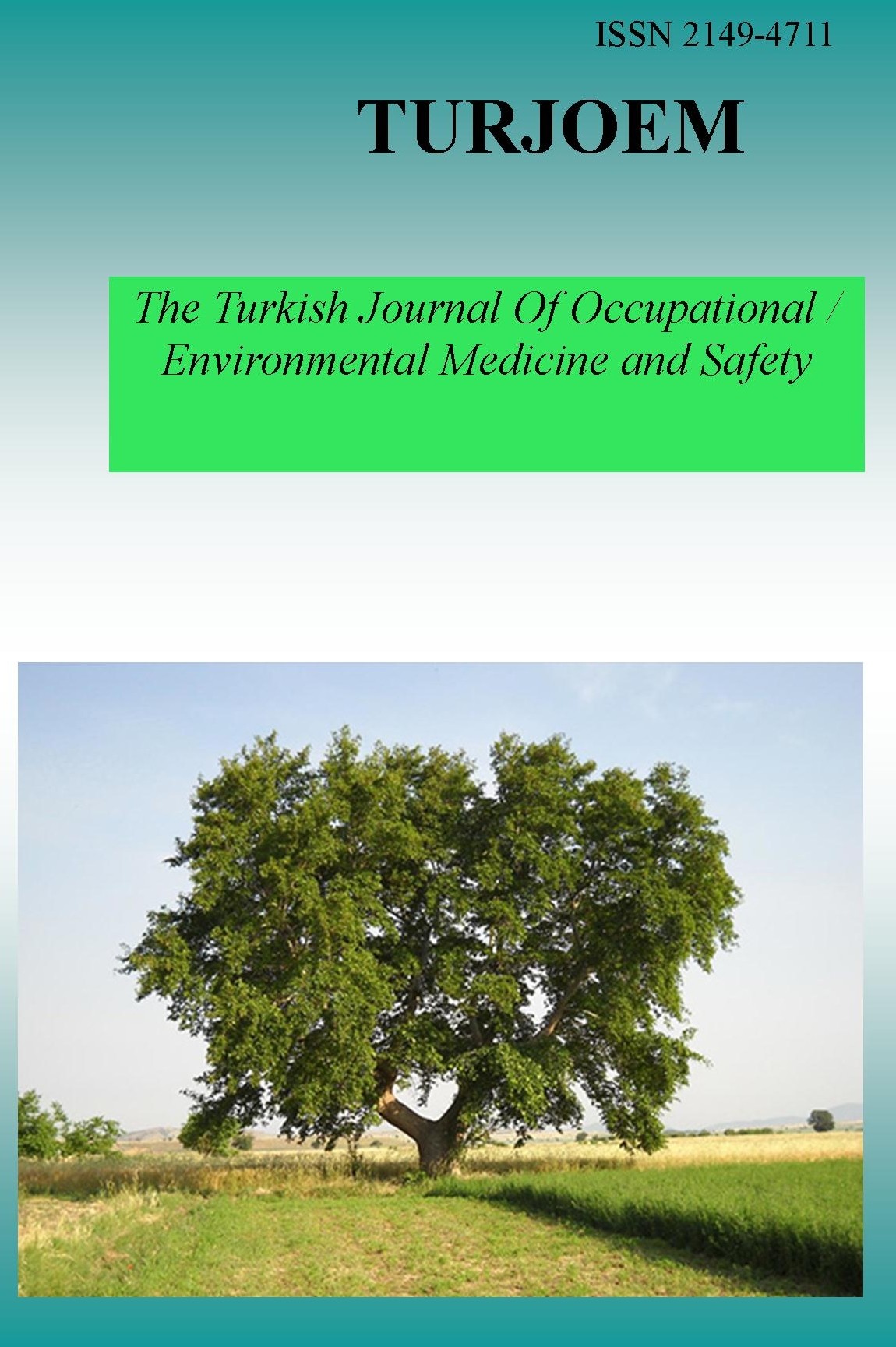THE EFFECT INFUSIONS OF MELISSA OFFICINAL, CINNAMOMUM ZEYLANICUM, TERMINALIA CHEBULA, CYNARA SCOOLYMUS, SILYBUM MARIANUM AND CICHORIUM INTYBUS L, IN PATIENTS WITH TYPE 2 DIABETES
THE EFFECT INFUSIONS OF MELISSA OFFICINAL, CINNAMOMUM ZEYLANICUM, TERMINALIA CHEBULA, CYNARA SCOOLYMUS, SILYBUM MARIANUM AND CICHORIUM INTYBUS L, IN PATIENTS WITH TYPE 2 DIABETES
THE EFFECT INFUSIONS OF MELISSA OFFICINAL, CINNAMOMUM ZEYLANICUM, TERMINALIA CHEBULA, CYNARA SCOOLYMUS, SILYBUM MARIANUM AND CICHORIUM INTYBUS L,
___
- Ali Akbar MALEKIRAD, Zahra HAGHANIFAR, Sima BALABANDI, Samira SHAHRJERDI, Mohammad ABDOLLAHI
- Department of Biology, Payame Noor University, Tehran, Iran Faculty of Medicine, Esfahan University of Medical Science, Esfahan, Iran Department of Physical Therapy, Faculty of Medical Science, Tarbiat Modares University, Tehran, Iran Faculty of Pharmacy, and Pharmaceutical Sciences Research Center, Tehran University of Medical Science, Tehran, Iran
- ISSN: 2149-4711
- Başlangıç: 2015
- Yayıncı: Engin TUTKUN
Ali Akbar MALEKIRAD, Zahra HAGHANIFAR, Sima BALABANDI, Samira SHAHRJERDI, Mohammad ABDOLLAHI
Gözde KARABULUT, Nurhayat BARLAS
ASSESSMENT OF ORGANIC PRODUCTS IN TERMS OF SAFETY
DECOLORIZATION OF TOXIC DYES FROM AQUEOUS SOLUTIONS WITH CHITOSAN COMPOSITE BEADS
Seda ÇINAR, Tülin AYDEMIR, Ahmet ESER, Ayşe DINÇER
NECROPHAGOUS DIPTERA SPECIES AS ENTOMOTOXICOLOGICAL INDICATORS
EFFECTS OF EXPOSURE TO HAZARDOUS SUBSTANCES IN POTTERY AND CERAMIC WORKERS
Nursen BASARAN, Hatice Gul ANLAR, Merve BACANLI, Mohammed SHUBAIR, Ceylan BAL, Engin TUTKUN, Hinc YILMAZ
INCREASE NITRATE AND TOXICITY IN GROUND DRINKING WATER RESOURCES IN DARFUR-SUDAN
GENOTOXICAND CYTOTOXICITY EFFECTS OF INDOXACARB INSECTICIDE ON LACTUCASATIVA L.PLANT
Bahar GÖK, Neslihan DEMIR, Pınar GÖK
URINE NICKEL CONCENTRATIONS OF NICKEL-SENSITIVE PATIENTS: A COMPARATIVE STUDY IN TURKEY
Selda MERCAN, Ugur CELIK, Hayriye ERTEM VEHID, Burhan ENGIN, Sevcan SEMEN, Zeynep TURKMEN, Munevver ACIKKOL
INVESTIGATION OF TOXICITY OF HYDROXYUREA ON DROSOPHILA MELANOGASTER (mwhxflr3)
